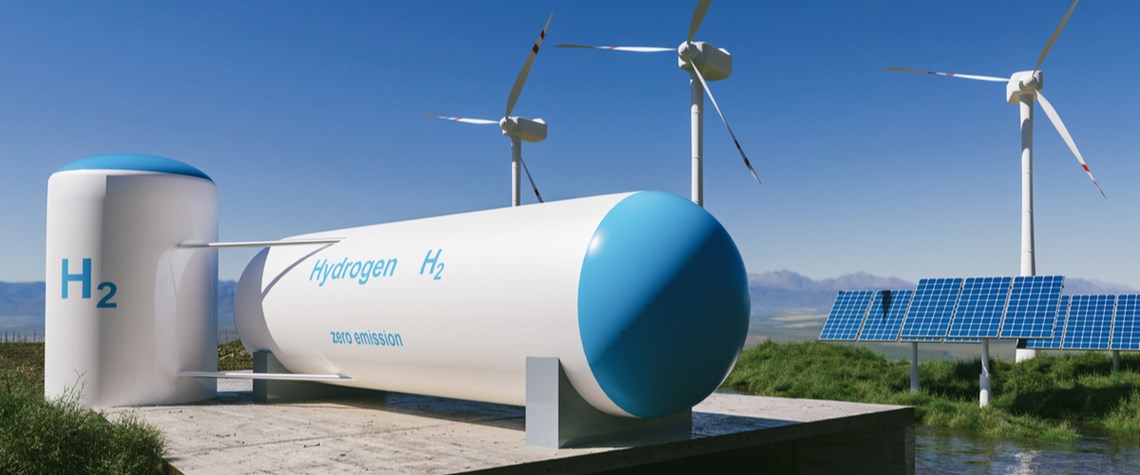PE Live: Hydrogen ready for second phase of decarbonisation
Reducing emissions becomes more complicated once relatively easy transitions have been completed, but the technology for hydrogen is ready to facilitate the next wave of decarbonisation
With the first phase of decarbonisation progressing or even complete in several areas of the developed world, many countries are turning to hydrogen to facilitate a second wave of decarbonisation, panellists agreed on a recent PE Live webcast. The first phase of decarbonisation can be characterised by the replacement of coal-fired power plants with renewable energy generation supported by natural gas. “We are not looking for a miracle or a breakthrough in technology, we are there today” Ducker, MHPS “Tackling the long-term intermittency of renewable energy is currently managed by natural gas,” says Michael Ducker, vice president, renewable fuels and western region, at manufacturer M

Also in this section
23 December 2025
Government backing and inflow of private capital point to breakthrough year for rising star of the country’s clean energy sector
19 December 2025
The hydrogen industry faces an important choice: coordinated co-evolution or patched-together piecemeal development. The way forward is integrated co-evolution, and freight corridors are a good example
10 December 2025
Project developer Meld Energy ready to accelerate 100MW project in Humber region after securing investment from energy transition arm of private equity firm Schroders Capital
9 December 2025
BP and Engie abandon large-scale green hydrogen projects in Gulf state as developers in all regions continue to struggle with lack of firm offtake







